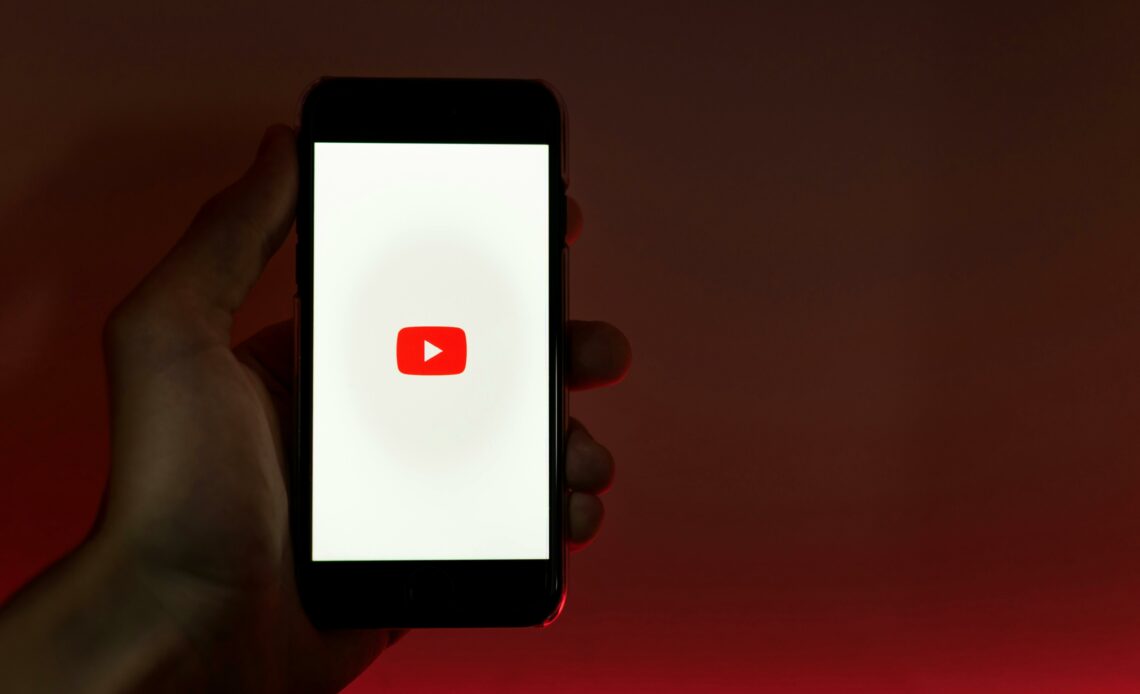
In addition to shaping online entertainment, YouTube’s extensive library of videos has been instrumental in the rise of the attention economy.
Let’s explore how YouTube has managed to grab our interest and make money off of it.
The Birth of YouTube
Founded by former PayPal employees-Chad Hurley, Steve Chen, and Jawed Karim, YouTube started with aspirations to cater to the “everyday people” of the internet.
Initially considered as a potential dating-focused video site, the platform’s essence was rooted in the desire to watch and be watched—an early realization that would eventually pave the way for the attention economy.
Monetizing Attention
Unlike its counterparts like Facebook and Twitter, YouTube was quick to recognize the potential of turning attention into money.
By compensating content creators since 2007, just two years after its launch and one year after Google’s acquisition, YouTube offered an unparalleled deal—a 55%-45% split in favor of creators from advertising revenue.
This move has established YouTube as a lucrative platform for individuals seeking tangible returns for views of online content.
The Creator Class
With prerequisites set at a minimum of a thousand subscribers and four thousand watch hours in the previous twelve months, YouTube created a diverse creator class.
From recipe developers to video game live-streamers, the platform became a haven for content creators, allowing them to capitalize on their creativity. As Hank Green, a veteran science-and-education vlogger, notes, the terms offered by YouTube make the idea of walking away comparable to leaving a country.
YouTube’s Stability and Reach
Bergen calls YouTube the “sleeping giant of social media.” Even though TikTok has become more popular, YouTube has managed to hold on to its following.
A recent Pew Poll found that 95% of American youths between the ages of thirteen and seventeen use YouTube, while just 67% use TikTok. Because of its widespread use and reliability, the platform is an integral aspect of the modern internet.
Challenges of Content Moderation
As YouTube’s content grew, so did the challenges of moderation. From nudity to disturbing content, the platform faced a barrage of issues.
Early attempts relied on human moderators, but the scale proved overwhelming. YouTube then turned to artificial intelligence tools to scan footage for content violations, showcasing the ongoing struggle to balance freedom of expression with responsible content governance.
Algorithmic Influence on Content
YouTube’s recommendation algorithm underwent significant changes in 2012, prioritizing “watch time” over “views.” This shift favored longer, engaging content, influencing the type of videos posted on the platform.
Controversial figures like PewDiePie became beneficiaries, emphasizing the platform’s inclination toward content that keeps viewers engaged for extended periods.
Navigating Controversies
From hosting harmful content to facing boycott threats, YouTube hasn’t shied away from scandals and controversies. So far, the site has managed to stay mostly undamaged despite settlements and legal battles.
Bergen suggests that YouTube’s diverse content, limited data sharing, and the absence of Donald Trump’s prominent presence contributed to its avoidance of the public backlash faced by other social media giants.
Conclusion
In a world where online attention is a valuable currency, YouTube stands out as a pioneer in successfully translating that attention into revenue for creators.
Its journey from a platform for “everyday people” to a global powerhouse reflects not just the evolution of digital entertainment but the intricate dynamics of the attention economy.
As YouTube continues to shape the way we consume content, the question of what impact this endless stream of videos is having on us remains open an aspect that warrants ongoing exploration in the ever-evolving landscape of online platforms.





